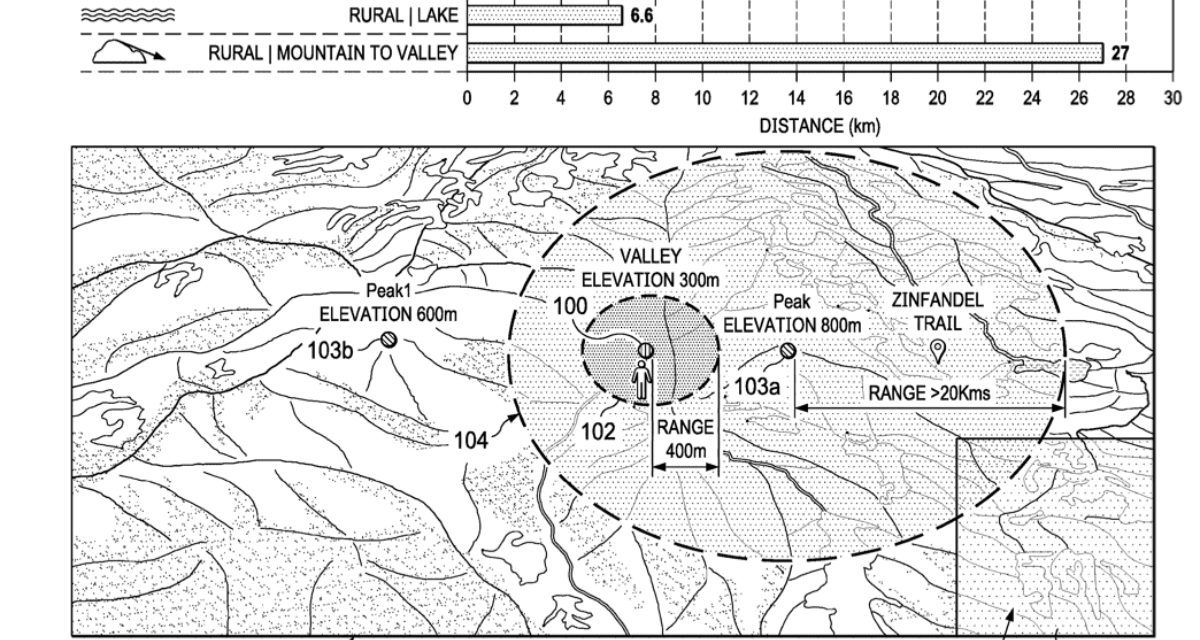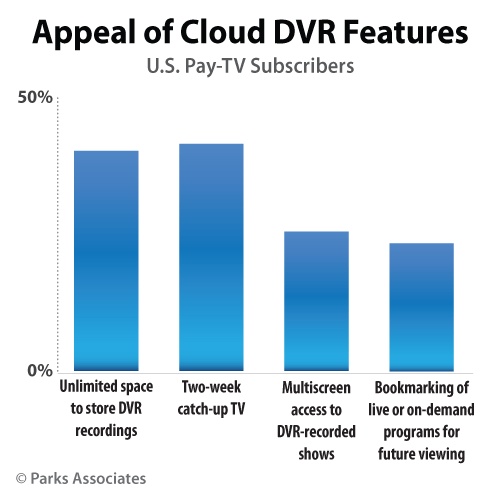Apple has been granted a patent (number 11,012,816) for “location selection for transmitting emergency beacons.” The goal: to allow iPhones to summon help when you’re in trouble — even if you’re not getting cellular service.
The tech giant notes in the patent details that, because of their utility, mobile devices, such as smartphones, are standard equipment for hikers, backpackers, mountain climbers, skiers and other outdoor enthusiasts. Most smartphones include terrestrial and satellite-based localization technology for obtaining a position fix, and an electronic compass for obtaining a heading.
A map application — such as, of course, Apple Maps — provides maps with routes, such as hiking trails. The map shows a marker of the user’s location on the route and a direction indicator that indicates their direction of travel. Most mobile devices also include a wireless transceiver that allows the user to communicate with other mobile devices through wireless local area networks (e.g., WiFi, Bluetooth) and cellular networks.
Some mobile devices are also enabled with D2D communication capability, which allows direct wireless communication between two mobile users without assistance from a base station or core network. In the case of a natural disaster (e.g., hurricane, earthquake), conventional cellular communication networks may not work. In such disaster scenarios, a wireless ad hoc network can be established between two or more D2D devices to obtain emergency assistance.
However, if a user (e.g., a hiker), however, is alone in an emergency situation in a remote area (e.g., a forest) where no cellular or WiFi service is available, the user may not know in which direction to walk to increase their odds of establishing D2D communication with other D2D-enabled devices to obtain emergency assistance. Apple wants to make this easy to accomplish with the iPhone.
Here’s Apple’s (highly technical) summary of the patent: “Embodiments are disclosed for selecting locations for transmitting emergency beacons. In an embodiment, a method comprises: determining a current location of a mobile device in a geographic area; configuring a transmitter of the mobile device for device-to-device (D2D) communication; determining one or more candidate transmit locations for D2D communication, wherein each candidate transmit location is determined based at least in part on its elevation, proximity to a D2D device density location that is within a maximum communication distance from the candidate transmit location, and an availability of a trail or path to the candidate transmit location; receiving input selecting a particular candidate transmit location from the one or more candidate transmit locations; in accordance with the input, determining a route from the current location of the mobile device to the particular candidate transmit location; and presenting the route through an output device.”
Article provided with permission from AppleWorld.Today




